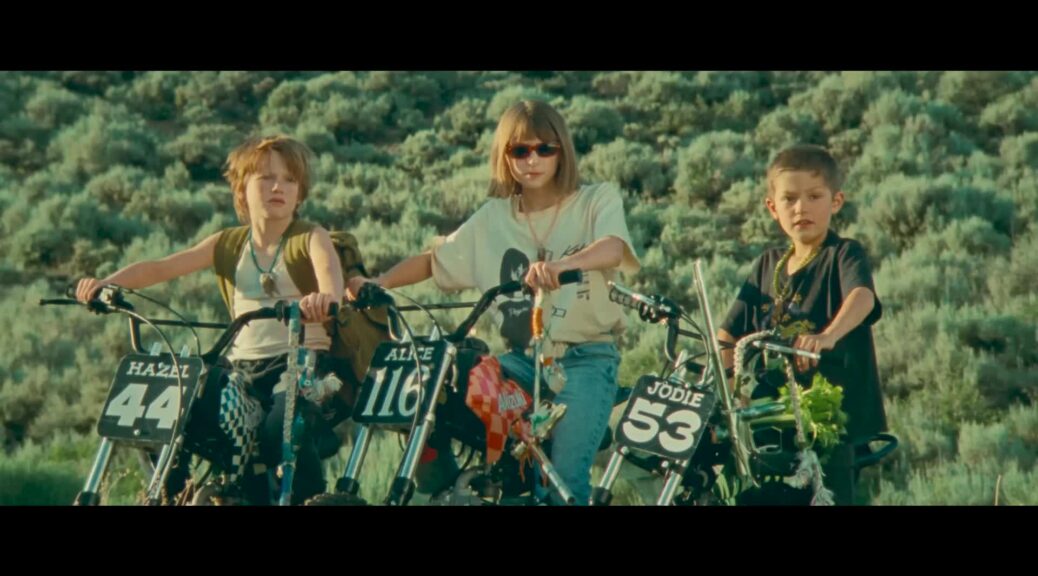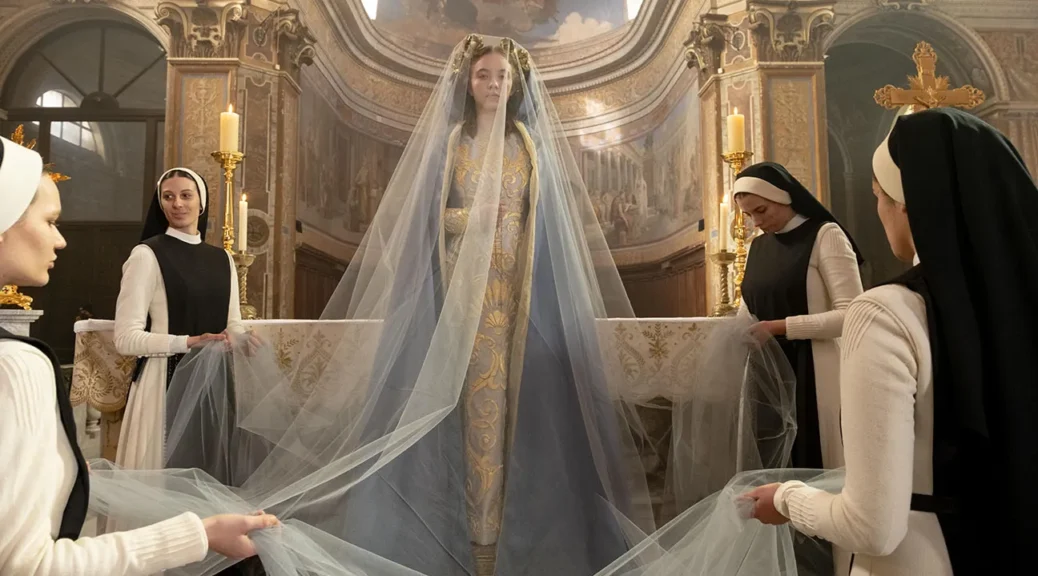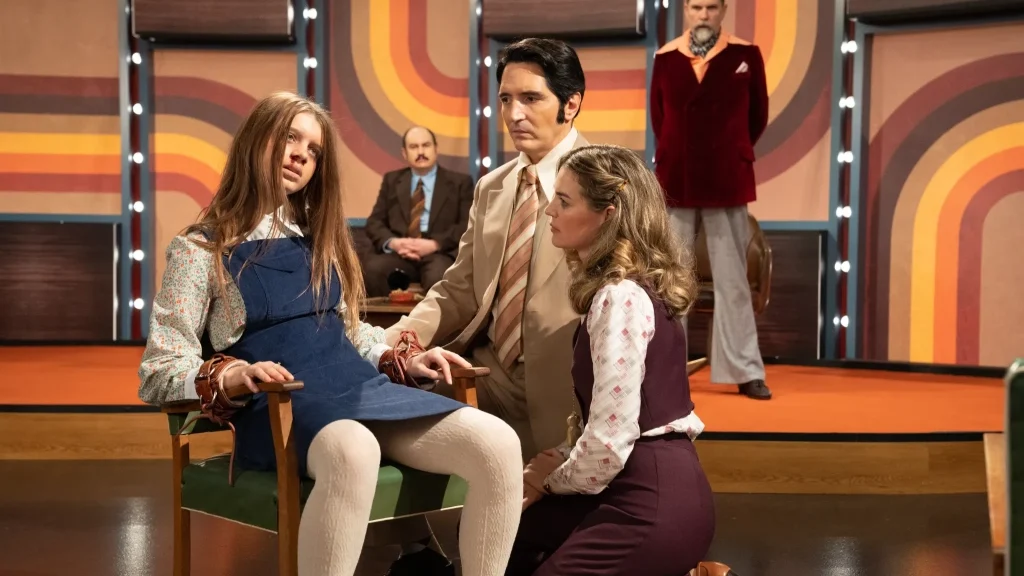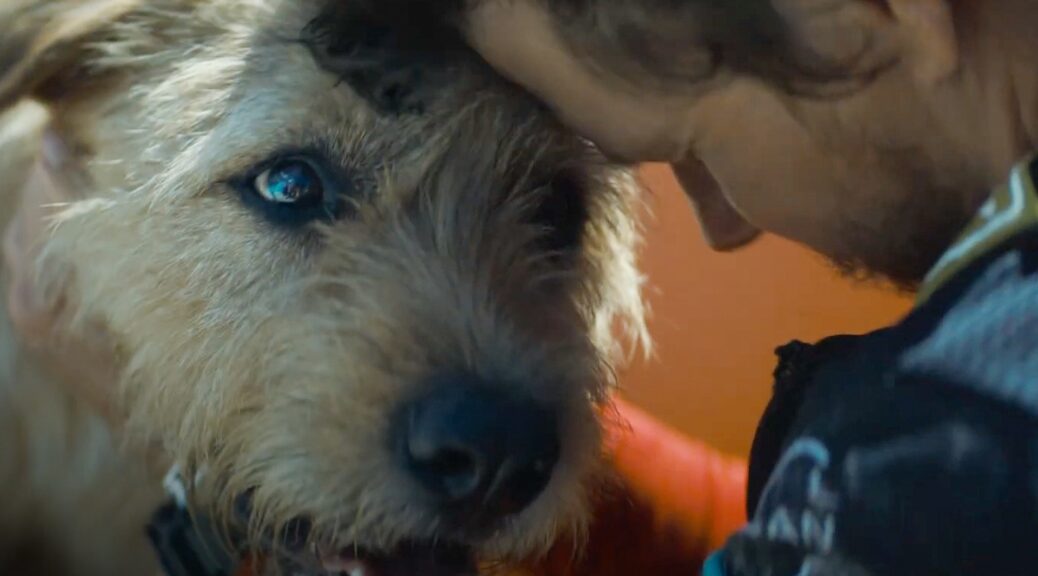Riddle of Fire
by Matt Weiner
An inseparable band of foul-mouthed children drawn into a fairytale-like quest might sound very of the moment, but Riddle of Fire shows how much richness there is to explore in the hands of a unique voice that doesn’t settle for pastiche.
It’s hard to pin down any single genre that gets loving attention from writer-director Weston Razooli, but imagine the Goonies adventuring through the world of Mandy… and it only gets dreamier from there.
Children Alice (Phoebe Ferro), Hazel (Charlie Stover) and Jodie (Skyler Peters) liven up their summer vacation by stealing a video game console, only to be thwarted by a lock on the family television. In exchange for game time, the kids must bake a blueberry pie to cheer up Hazel and Jodie’s sick mother (Danielle Hoetmer).
When a key ingredient gets snatched up by John Redrye (Charles Halford), the trio—who call themselves the Immortal Reptiles—follow him back to his house, where he lives with the cult-like Enchanted Blade. When they accidentally stow away in the cult’s truck on a trip into the woods to hunt a prized stag, the group hardly notices that their afternoon has gone from whimsical fetch quest to life-or-death survival.
As the kids play a game of cat and mouse with the cultists, Razooli heightens the fairytale elements. The cult leader, a witch named Anna-Freya (played with beguiling menace by Crazy, Stupid, Love.’s Lio Tipton ), figures out they are not alone. It is only with the help of her daughter Petal (Lorelei Mote), a princess with powers of her own, that the children manage to outsmart the gang and escape back into town—but not away from danger.
Razooli’s mix of humor and danger ratchets up the suspense for any adult watching the movie even as the young heroes remain defiantly unbothered. It’s a proper fairytale, and also a stylish throwback to an era of movies that delight in the mischief of featuring young kids getting into real trouble.
But Riddle of Fire rises above other nostalgic retreads in the way it commits to the mystery and unease of the world Razooli creates for a remarkably assured feature debut. The film captures the spirit of adventure for weird kids in a grown-up world. And how sometimes it’s worth risking everything to play a cool video game.











